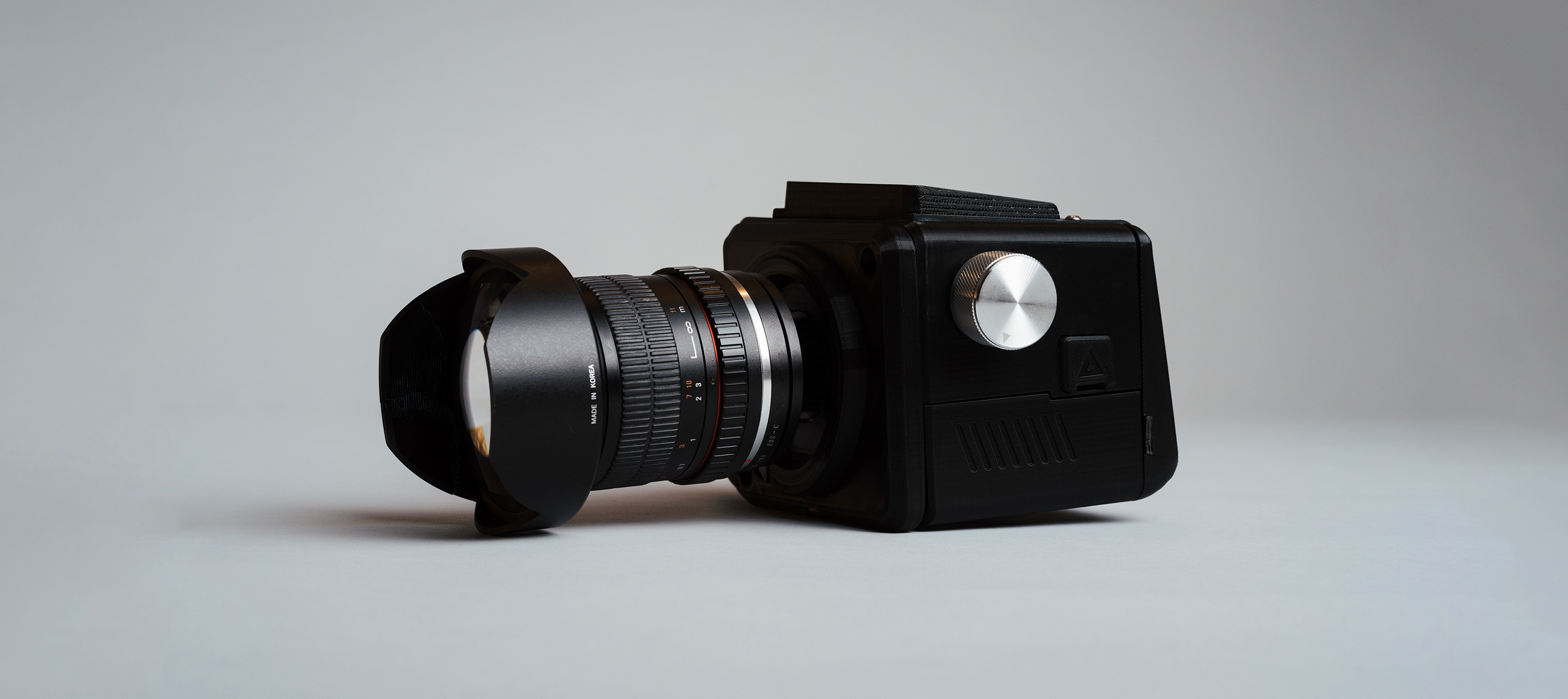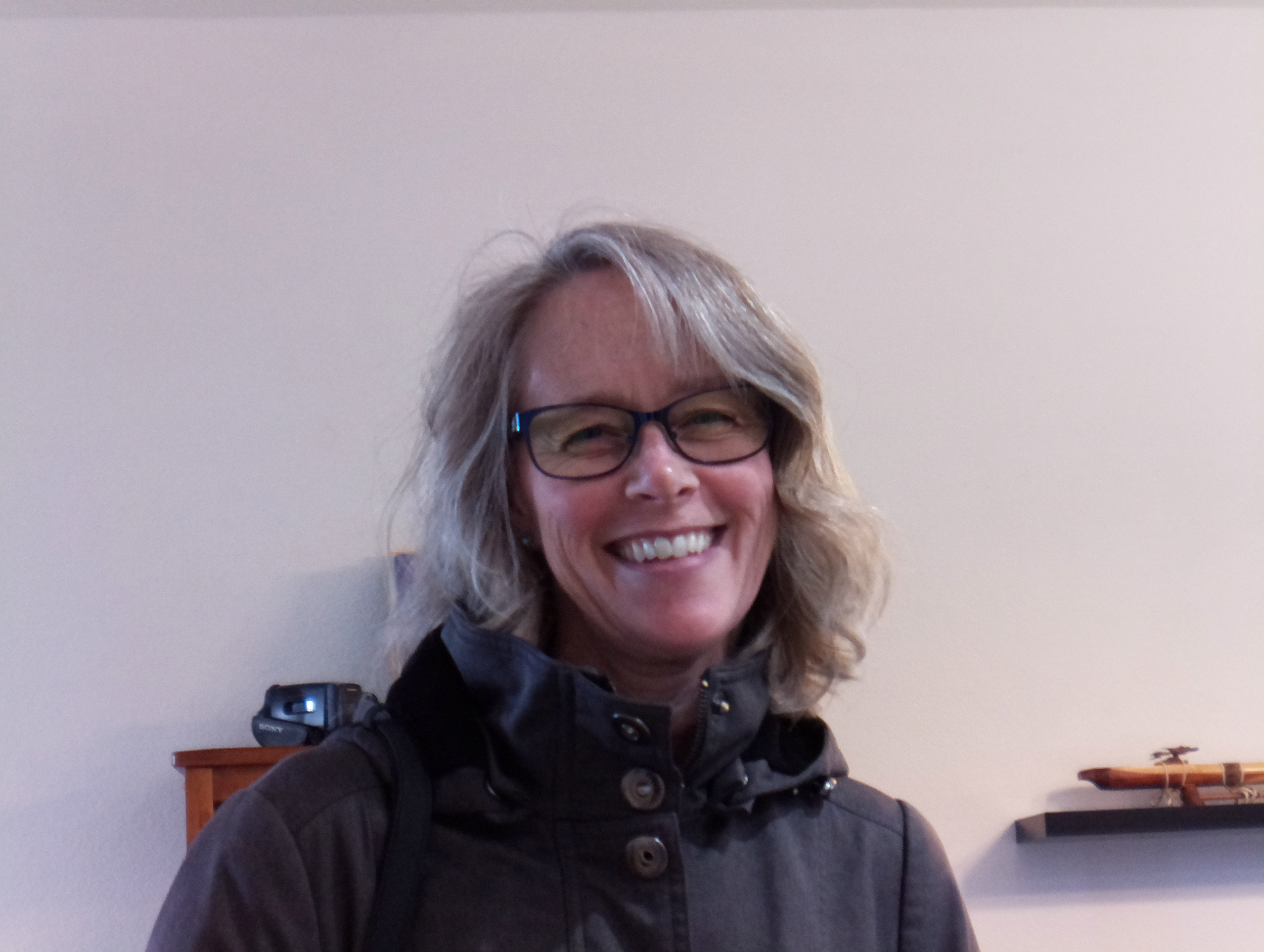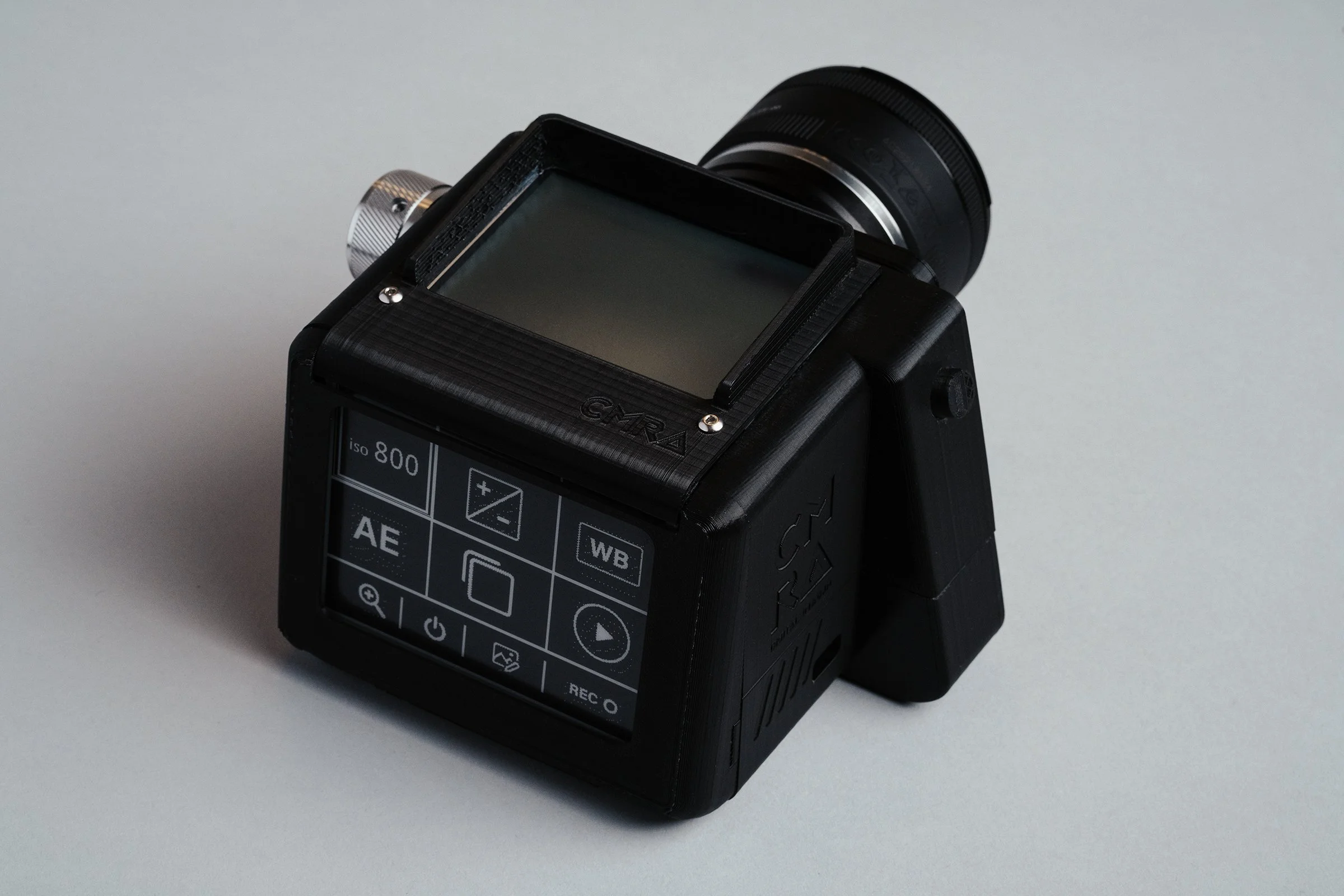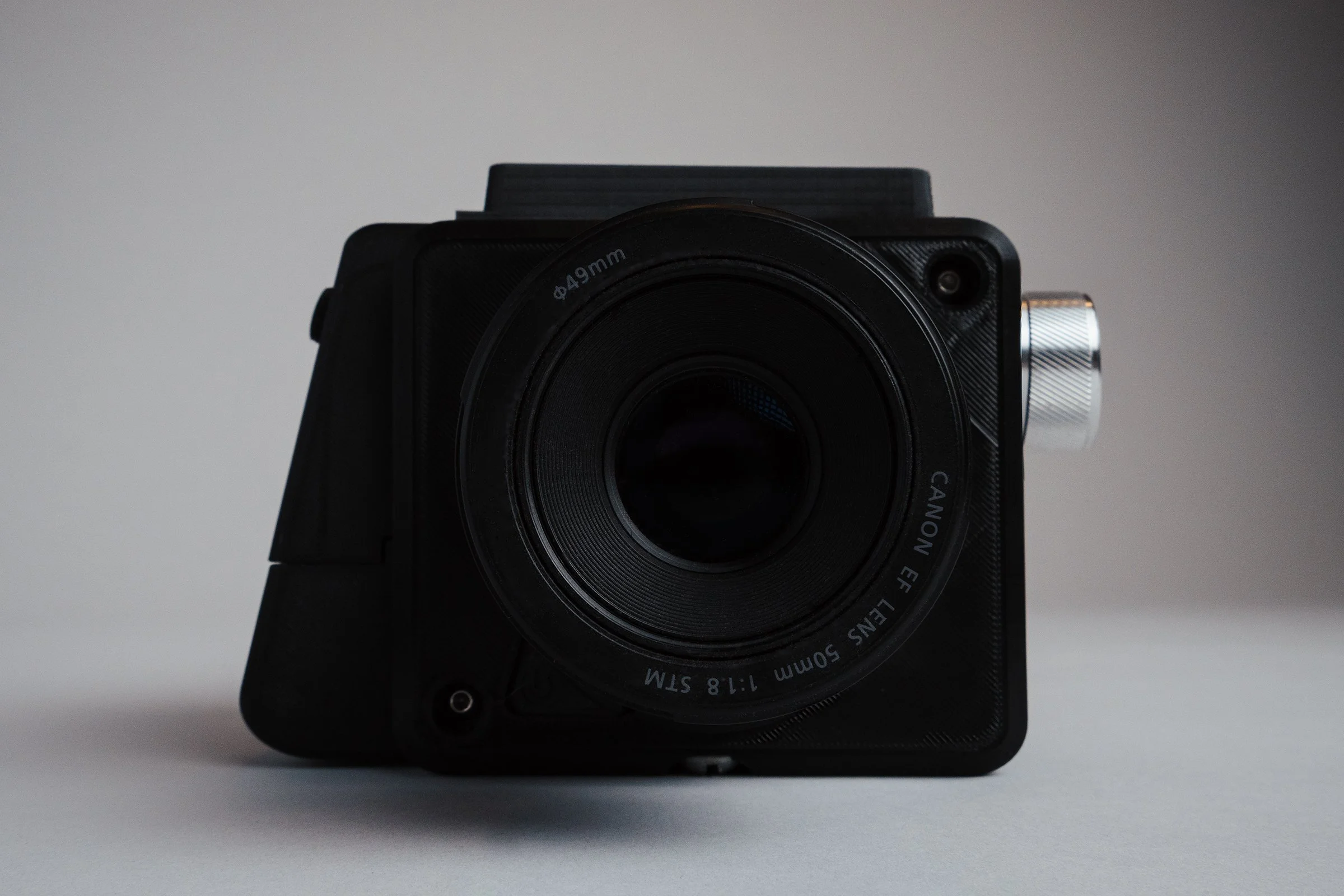A Custom Mirrorless Camera Project
Making the Digital Imager.
The CMRA Digital Imager is a custom mirrorless camera designed around a Raspberry Pi and the Sony High Resolution Sensor, focusing on a waist-level body design, tactile controls, and a standalone camera body.
This project began 3 years ago shortly after the release of the High Resolution Sensor for the Pi, starting with purchasing a 3D Printer for personal use and leading to a multi year on-and-off endeavor to complete this camera over 43 iterations, hundreds of print hours, and hours and hours of software development.
Image Gallery.
Below is a series of images taken with the Digital Imager.
Imaging Synopsis
While the images definitely aren’t sharp and do not live up to modern camera standards, they still possess a unique character that feels nostalgic and filmic and leans in to a “low fidelity” expression of what it means to take a photo. In this way, they have qualities and value despite the lower resolution and soft rendering.
Components
Lens
Interchangeable EF Lens mount adapted from the native C mount of the sensor. Rokinon 14mm f2.8 lens used for all sample photos.
Sensor
Sony High Quality 12.3 MP image sensor for use with the rapsberry pi, using native libraries and controlled via the Digital Imager program.
Computer Brain
Raspberry Pi 3B+, with standard hardware and pin layout, running on USB power with an external top screen and back e-paper display.
Camera Body
Custom designed body designed around a waist-level function and the parts necessary to create a standalone mirrorless camera with manual controls. 15 individual print parts, resulting from 43 design iterations.
Controls
Radial dial with metal wheel for settings controls, 3D printed push button to control power, side shutter button for triggering photo function.
Screens
Top 4.2” display with live view of sensor readout, connected to the raspberry pi via HDMI and powered via USB. Back e-paper display for settings control, powered and controlled by the raspberry pi.
Closing thoughts and credits.
In the end, while the camera is ultimately limited in function and ease of use, the images it generates are still unique and tell visual stories in a different way. The slowness of the experience encourages the user to be thoughtful and deliberate in their photographic process, and the bespoke body encourages an alternative approach and methodology that can lead to images that might not otherwise be composed or captured. In that way, I view this project as a success.
CMRA Digital Imager designed, produced, and developed by
Joshua Pallag
Special Thanks:
Wes Hawkins
Sam McNeely
Ayo Akinbo
John Pallag




















